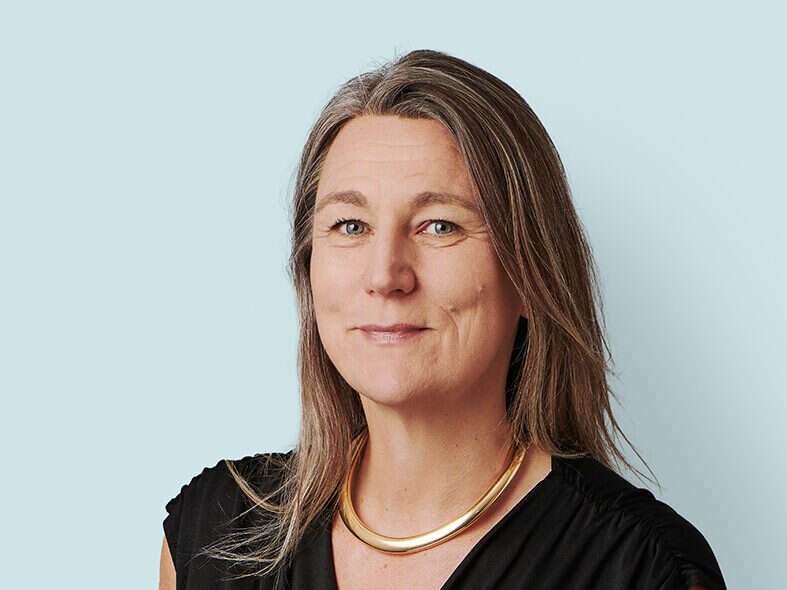
Future plc has confirmed chief executive Zillah Byng-Thorne has “informally indicated” her intention to leave the company before 2024.
The magazine publisher’s share price plummeted at market opening on Tuesday.
Future has swelled under Byng-Thorne’s leadership to encompass nearly 200 brands – together churning out £300m profit in the most recent financial half-year.
Sky News reported on Sunday it had learnt Byng-Thorne had “informed the company’s chairman that she plans to retire” from Future.
Once markets reopened from the bank holiday on Tuesday morning the publisher’s share price dropped 17% from £16.57 to £13.74 at 11am.
Future posted a statement later that morning confirming Byng-Thorne “has not resigned, however she has informally indicated that she would like to step down by the end of 2023”.
Sky reported Byng-Thorne was appointed deputy chair of reviews service Trustpilot last week, and that “city insiders expect her to replace” its current chairman eventually.
Who is Zillah Byng-Thorne?
Byng-Thorne was appointed chief executive of Future in April 2014, having joined the company in November 2013.
She is a career executive: holding an MA in management and an MSc in behavioural change, she was previously chief financial officer at Fitness First and at Thresher Group (then owner of wine retailer Threshers). Before joining Future she served as chief financial officer and then interim chief executive of Trader Media Group, which publishes Auto Trader.
She is also one of the best-remunerated media executives in Britain: in March Press Gazette placed Byng-Thorne fourth on its media rich list, with a 2020/21 package worth £8.8m.
And she placed first on Press Gazette’s list of chief executive pay relative to their employees’ median wage – earning 240 times the median Future worker’s salary.
The Byng-Thorne strategy: go big
Byng-Thorne’s tenure at Future began with a period of heavy losses and redundancies.
In May 2014, the month after Byng-Thorne was appointed, the business reported a £30.6m loss in the preceding half-year, precipitating 200 job cuts across the British and American parts of the business. By its end of year results in November revenues had dropped year-on-year from £82.6m to £66m – and staff count from 980 to 577.
Two years later, though, the business embarked on a major expansion.
[Read more: Future Publishing timeline – Company’s journey from zero to £4bn market cap media giant]
Purchases included:
- Imagine Publishing (October 2016, for £15.9m)
- Some Team Rock magazines (January 2017, for £800,000)
- Centaur’s home interest division (July 2017, for £32m)
- Five specialist Haymarket titles (March 2018, for £14m)
- Newbay Media (April 2018, for £9.7m)
- Smartbrief (July 2019, for £53.5m)
- TI Media (Late 2019, for £140m)
- Barcroft Studios (Late 2019, for £23.5m)
- GoCo Group (October 2020, for £594m)
- Dennis (August 2021, for £300m)
Byng-Thorne described the company’s strategy in an August 2021 interview with Press Gazette as: “grow the business organically, but then where we can accelerate that growth through targeted M&A.”
But she said she tried “not to have an endgame, because I think media evolves and so businesses should evolve as well. Our focus is: in the markets in which we operate, we want to have market leadership.”
Byng-Thorne has focused on achieving what she has described as her “holy trinity of media revenues”: a diversified spread of advertising; e-commerce and affiliate sales; and subscriptions and other recurring sources of revenue. Despite declining circulations, she has erred away from closing print magazines, telling Press Gazette Future “sees value” in print and that its size means it can print more cheaply than smaller or independent magazine houses.
Full-year operating profits announced in November 2021 stood at £115.3m – a 127% year-on-year increase.
Picture: Future
Email pged@pressgazette.co.uk to point out mistakes, provide story tips or send in a letter for publication on our "Letters Page" blog
